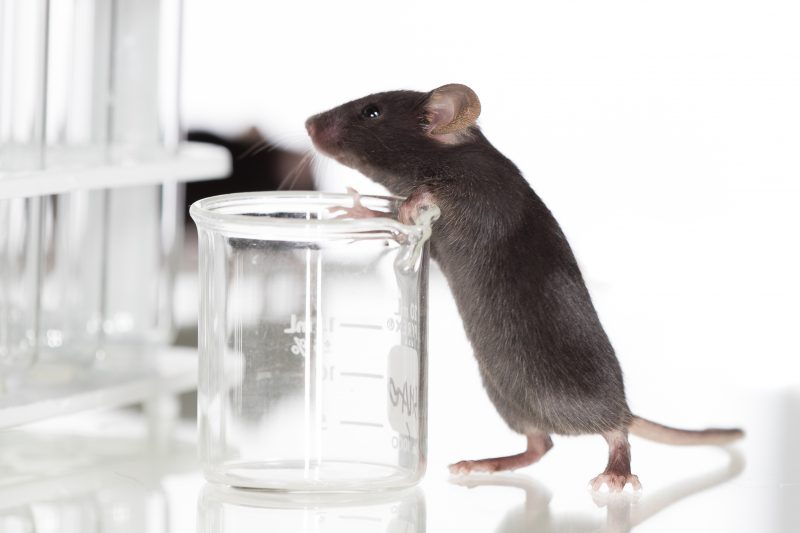Hyperbaric Oxygen Therapy Studied as Potential Therapy

Hyperbaric oxygen therapy can counteract some of the key features of pulmonary fibrosis (PF) in mice and human lung cells, a recent study reveals.
The findings suggest this treatment, involving the delivery of pure oxygen in a high pressure chamber, should be investigated more closely as a potential PF therapy.
The study, “Hyperbaric Oxygen Ameliorates Bleomycin-Induced Pulmonary Fibrosis in Mice,” was published in the journal Frontiers in Molecular Biosciences.
Although current treatment options for PF — of which idiopathic pulmonary fibrosis (IPF) is the most common type — can slow the disorder’s progression, they can neither stop it nor reverse the damage already caused to the lungs, leaving a substantial unmet medical need.
The burden that this places on individuals and healthcare systems is expected to increase in coming years, due both to aging populations and the lingering effects of the global COVID-19 pandemic.
Long-term oxygen therapy has shown some benefit in treating IPF symptoms such as shortness of breath, and in improving patient outcomes, including their ability to perform physical exercise.
Hyperbaric oxygen therapy may provide additional benefits due to its ability to change the way the body responds to wounds, such as the lung scarring (fibrosis), characteristic of IPF. Hyperbaric oxygen therapy is a treatment that involves breathing in pure oxygen inside of a chamber set to a pressure above that of the atmosphere at sea level.
To explore this in more detail, an international team of scientists led by researchers at the University of Southampton in the U.K., examined how hyperbaric oxygen affected the lungs of a mouse model of induced PF.
Their research showed this therapy reduced signs of PF in the animals’ lungs and could partially reverse the activation of fibroblasts — connective tissue cells involved in wound healing, but are known to promote fibrosis in PF.
They started by treating mice with bleomycin, a toxic agent often used to trigger the onset of PF. From seven to 20 days after bleomycin treatment, investigators treated animals daily with hyperbaric oxygen therapy and then compared their lungs to those of mice that did not receive oxygen treatment.
The lungs of mice receiving hyperbaric oxygen treatment had markedly fewer areas of fibrosis and collagen deposition than those of untreated mice. Collagen is one of the proteins that makes up the extracellular matrix (ECM) — the network of molecules that surrounds and supports cells — and its overproduction is a key hallmark of fibrosis.
Similarly, genes related to ECM components grew less active in the lungs of mice receiving oxygen therapy.
In an attempt to extend these findings to humans, investigators next activated human lung fibroblasts — mimicking the effects of PF — and then exposed them to hyperbaric oxygen.
Researchers activated genes involved in PF progression by exposing fibroblasts to TGF-beta, an inflammatory protein and a known PF driver. TGF-beta causes fibroblasts to transform into another cell type called myofibroblasts, which produce fibrosis-associated proteins like collagen, fibronectin, and alpha smooth muscle actin (alpha-SMA). Treatment with TGF-beta also increases the levels of HIF-1 alpha, a marker of oxygen starvation, which is another key feature of PF.
After removing TGF-beta and placing cells in hyperbaric oxygen conditions, researchers observed a significant reduction in the levels of these fibrosis-related proteins, as well as HIF-1 alpha, suggesting that oxygen treatment could potentially — and at least partially — block or reverse TGF-beta-induced fibroblast activation.
“These findings support [hyperbaric oxygen] as a potential life-changing therapy for patients with pulmonary fibrosis, although further research is needed to fully evaluate this,” the researchers wrote.






